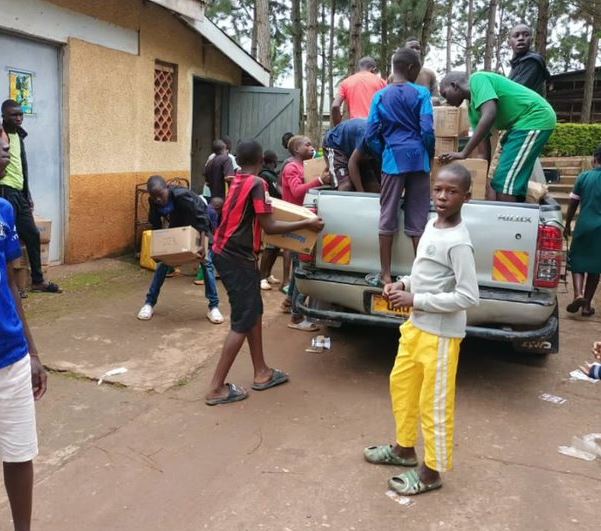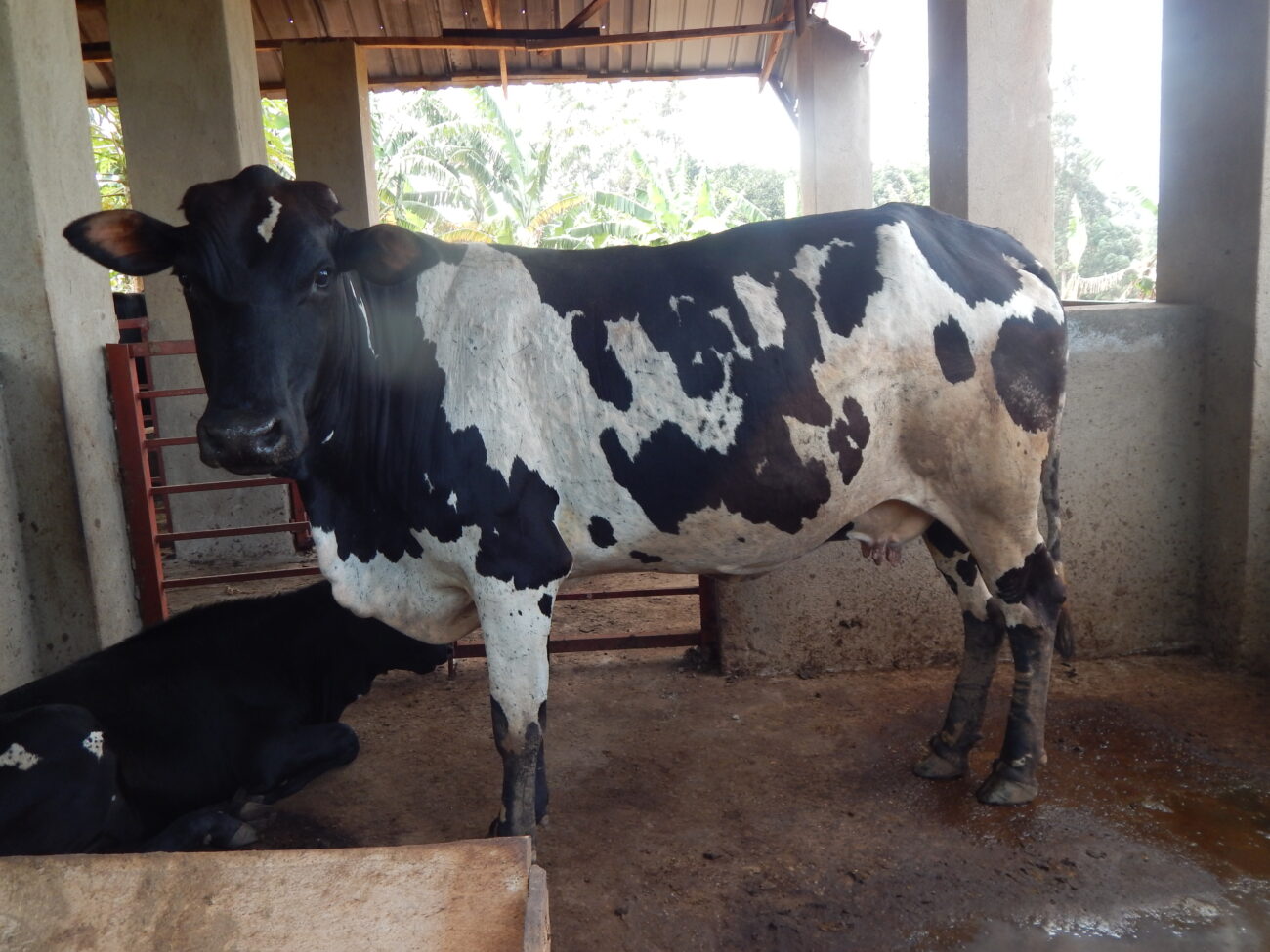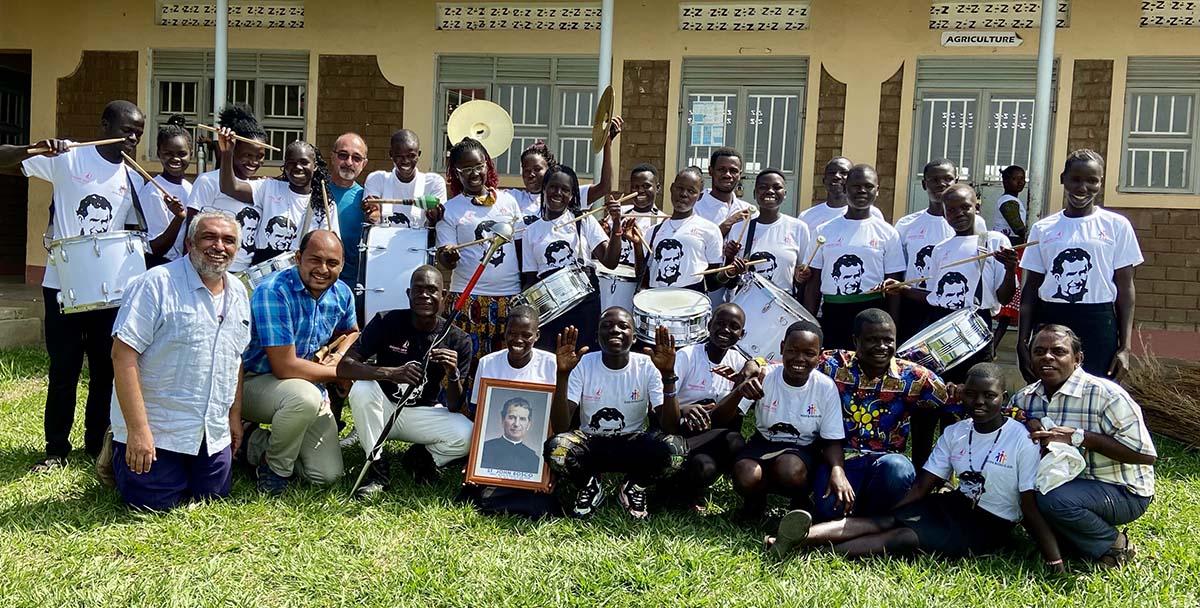‘A World Fit for Children’ – 10 Years After UN Special Session on Children, UNICEF Marks Progress
(UNICEF) This week, UNICEF commemorates the 10-year anniversary of the adoption of ‘A World Fit for Children’, a United Nations document committing the world’s nations to advancing the rights, welfare and dignity of children everywhere.
The landmark document was adopted on 10 May 2002, during the first-ever UN General Assembly session devoted exclusively to children’s issues. The event was preceded by a UN Children’s Forum, organized by UNICEF and its partners, in which more than 400 child delegates enumerated the needs and priorities of children around the world.
“Ten years ago today, at an historic special session of the UN General Assembly with 180 nations present, we heard the voices and saw the faces of children demanding a world fit for them,” said UNICEF Executive Director Anthony Lake.
“We cannot say we have fulfilled what children asked of us. We can say we listened. And we have made progress.”
PROGRESS, BUT NOT ENOUGH
“We, the heads of State and Government and representatives of States … are determined to seize this historic opportunity to change the world for and with children,” the document begins, laying out goals in four overarching categories: promoting healthy lives; providing a quality education; combating HIV and AIDS; and protecting against abuse, exploitation and violence.
In the ten years that have passed, there has been much improvement in the welfare of children – but not enough.
Deaths among children under age 5 have declined by one third since 1990, meaning nearly 12,000 fewer children die every day.
Yet too many children continue to die needlessly, many from causes that are both treatable and preventable.
“Child deaths have come down gradually, but by no means sufficiently,” said Richard Morgan, UNICEF Senior Adviser for the Post-2015 Development Agenda. “Child malnutrition – and particularly stunting among children – is persistent and stubborn across many countries.”
The past decade has also seen improvement in access to education. Some 90 per cent of primary-school-aged children are now enrolled in primary school, and most countries have achieved gender parity in primary education.
“Our main problem was the disparity between girls and boys. So many more boys than girls were in school,” reflected Caroline Barebwoha, who was a 15-year-old representative from Uganda at the 2002 Children’s Forum. She is now a lawyer and a youth participation consultant for UNICEF.
“Today, as I speak – especially with the help of the Girls Education Movement clubs in schools – so many more girls are in school.”
Still, only 87 per cent of children in the developing world complete their primary educations, and secondary school enrollment remains low, especially among girls.
A NEED FOR VIGILANCE
The world has achieved a steady reduction in HIV infection rates, with the global incidence rate declining by nearly 25 per cent between 2001 and 2009. Many of the most significant declines were seen in sub-Saharan Africa, stabilizing or moderating some of the biggest HIV epidemics in the world. And the number of people receiving anti-retroviral treatment has increased 13-fold between 2004 and 2009, cutting AIDS-related deaths by 19 per cent.
But officials must remain vigilant. HIV incidence rates in Eastern Asia, Western and Central Europe, and North America have remained constant, and in Eastern Europe and Central Asia, they have begun to rise.
And violence, abuse and exploitation of children remain unacceptably common.
In developing countries, one in six children is engaged in child labor. Studies from low- and middle-income countries show that as much as three quarters of children face violent discipline at home.
Large proportions of adolescent girls report experiencing sexual violence; in Uganda and the Democratic Republic of the Congo, a staggering 21 per cent of girls aged 15 to 19 have been sexually assaulted. And tens of millions of girls continue to be forced into marriage while still children, a practice that increases their vulnerability to domestic abuse and complications during pregnancy and childbirth.
RENEWING THE COMMITMENT TO CHILDREN
“We really had the hope and enthusiasm that it wouldn’t just be a document,” Ms. Barebwoha said of the adoption of ‘A World Fit for Children’.
“These heads of State were all committed and made promises to us,” she said.
UNICEF is working to ensure these promises are kept.
“There is much unfinished business before us,” Mr. Lake said. “This year, on this anniversary year, we are renewing our commitment to our cause: A world fit for our children and our grandchildren, a better world for all of us.”
###
See this article at its original location at Unicef.org along with videos and other information.




